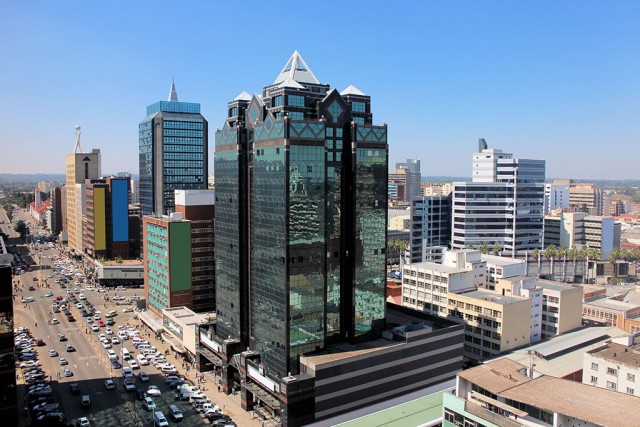Harare
Harare is the capital and largest city in ZIMBABWE. Founded in 1890 by British colonists, it was originally called Salisbury. After independence in 1980, the city was renamed Harare for Neharare, an important local chieftain who had lived in the area.
Situated in a highland region at an elevation of 4,865 feet, Harare has a mild climate. It is a well-planned modern city with tall buildings and tree-lined avenues. Harare's educational and cultural institutions include the University of Zimbabwe and the Rhodes National Gallery. The National Gallery features sculpture by the country's renowned stone carvers.
Harare is the center of Zimbabwe's industry, commerce, and tourism, and a hub of rail, road, and air transport. Agricultural products, particularly tobacco, are shipped there from the surrounding area for distribution and export. There are also important gold mines nearby. The metropolitan area includes residential districts and industrial suburbs. Its estimated population is over 800,000. (See also Minerals and Mining, Trade.)
